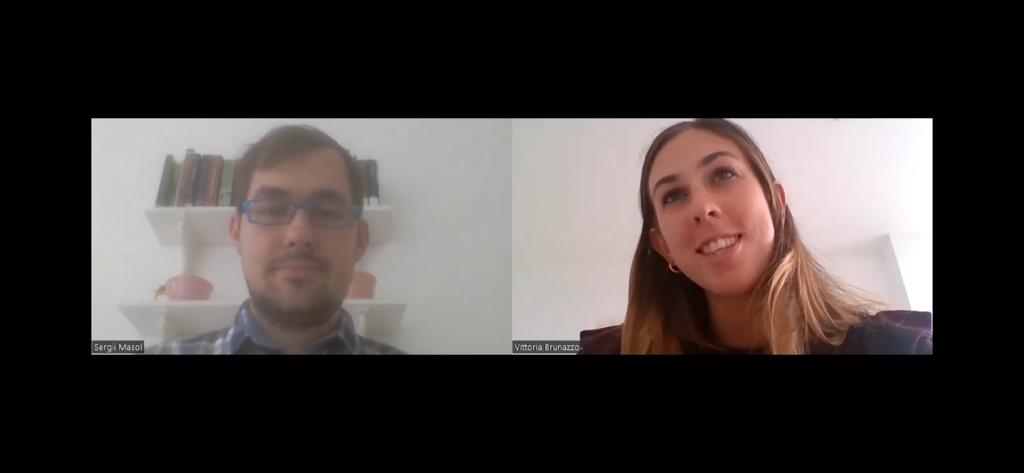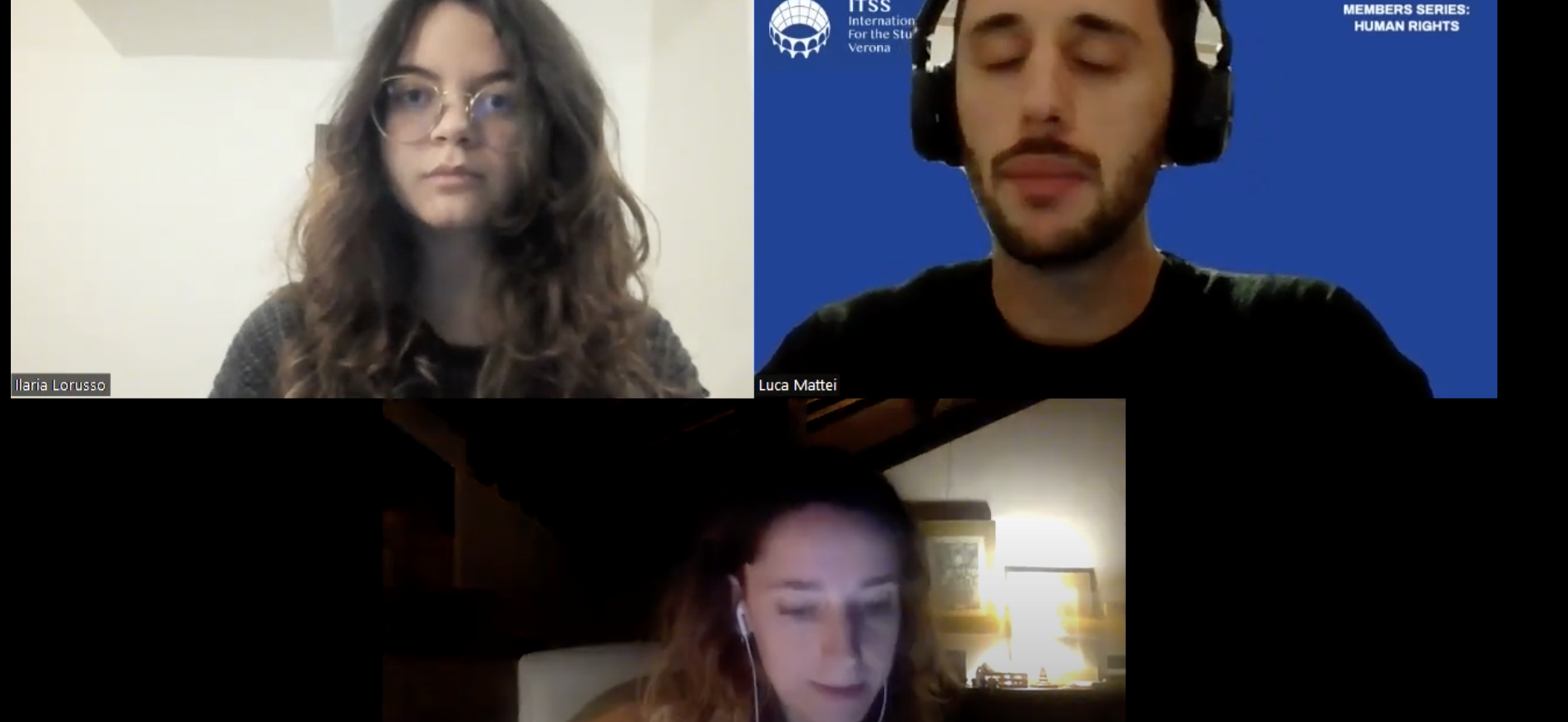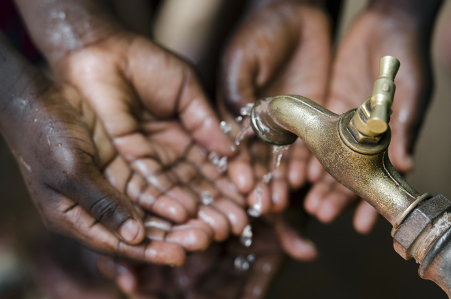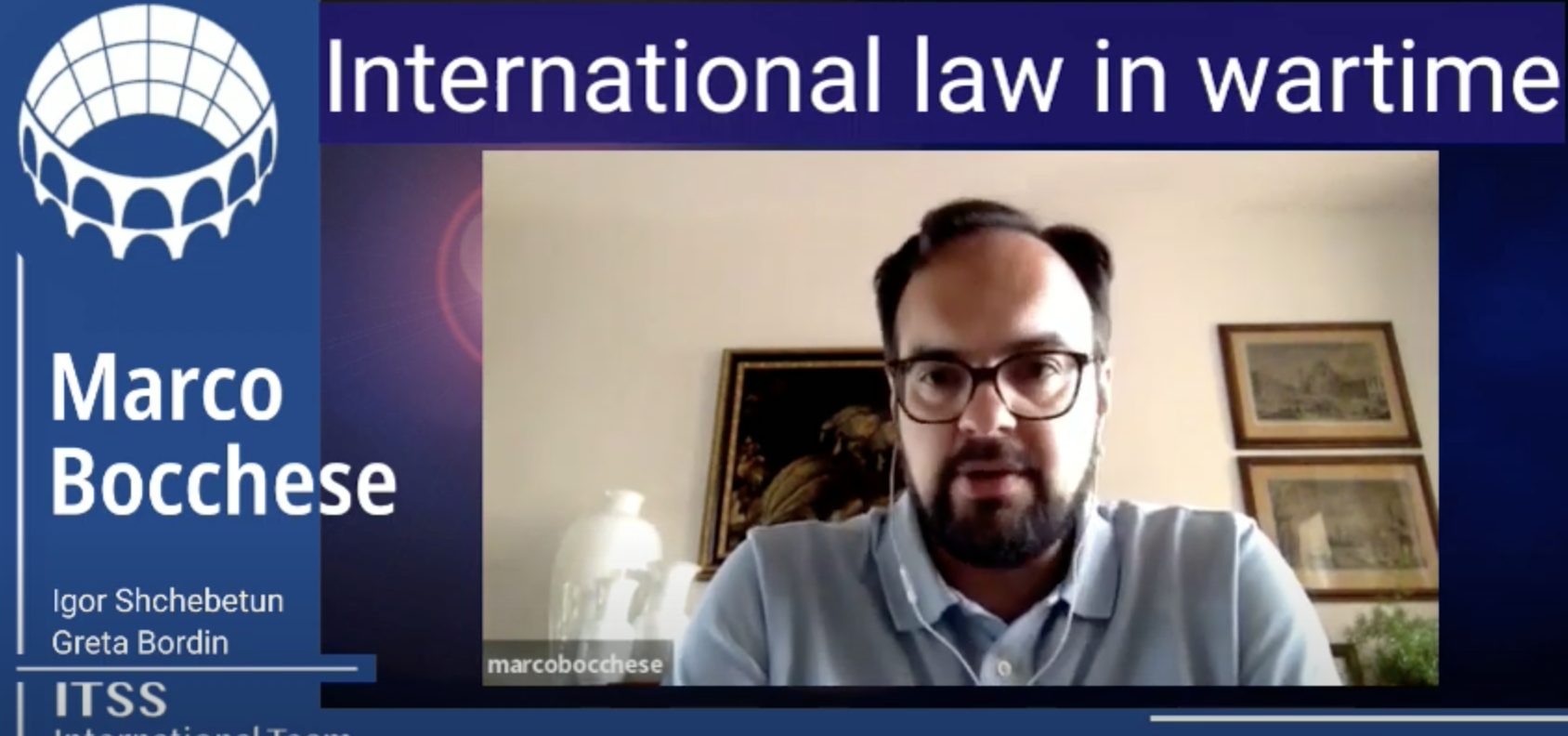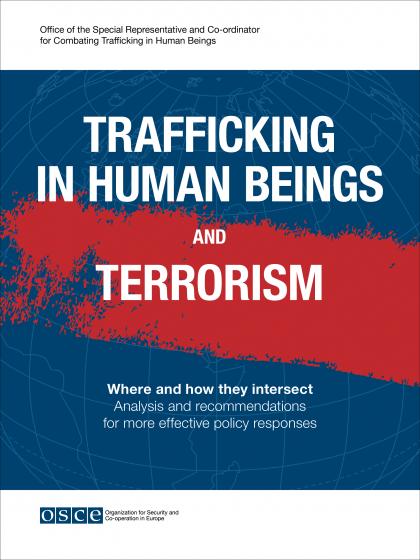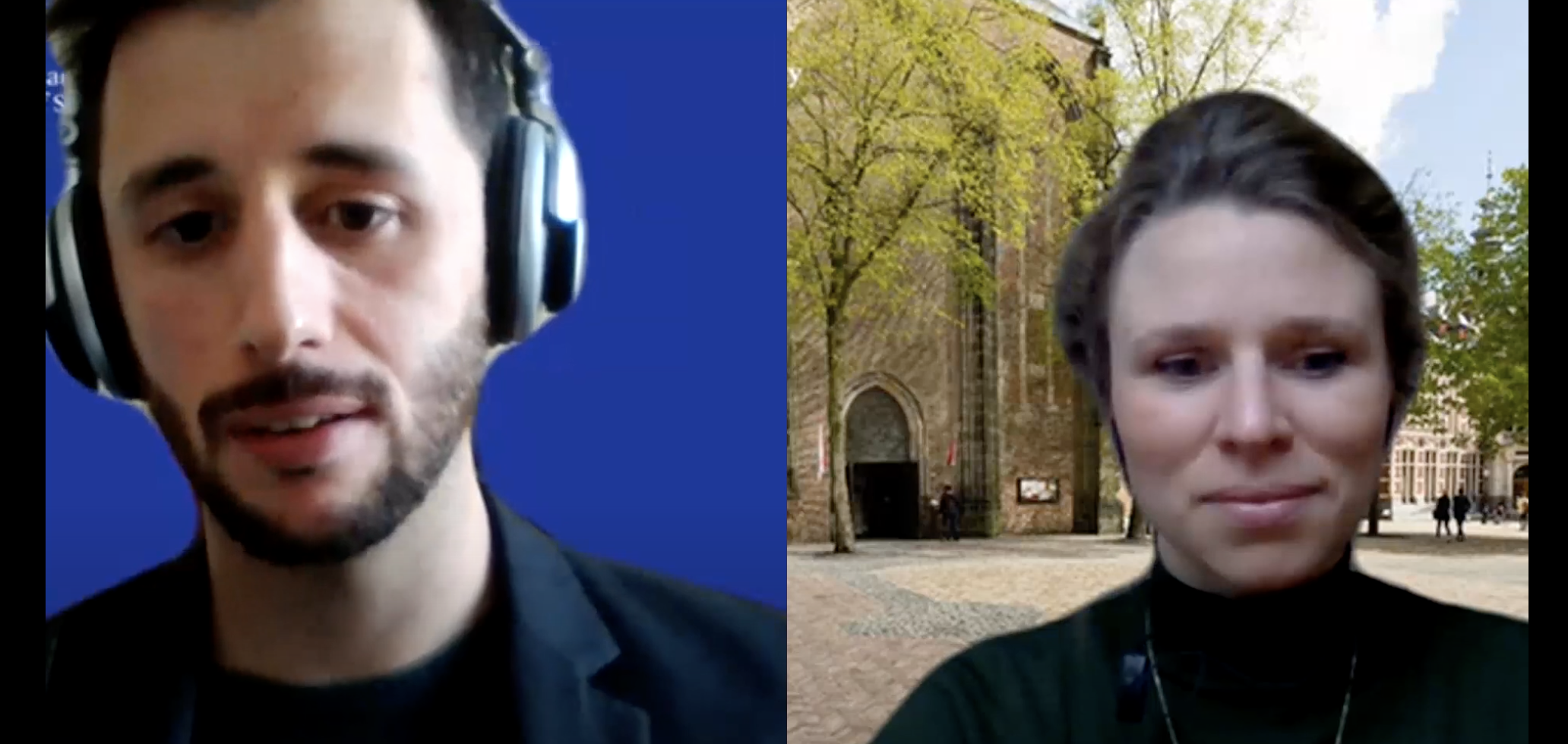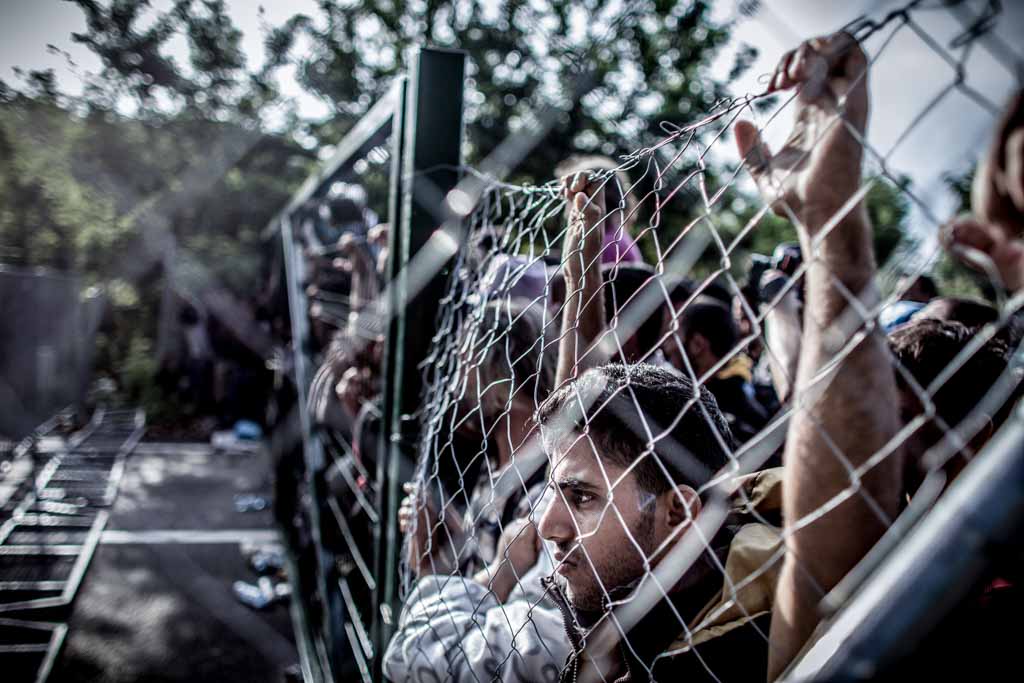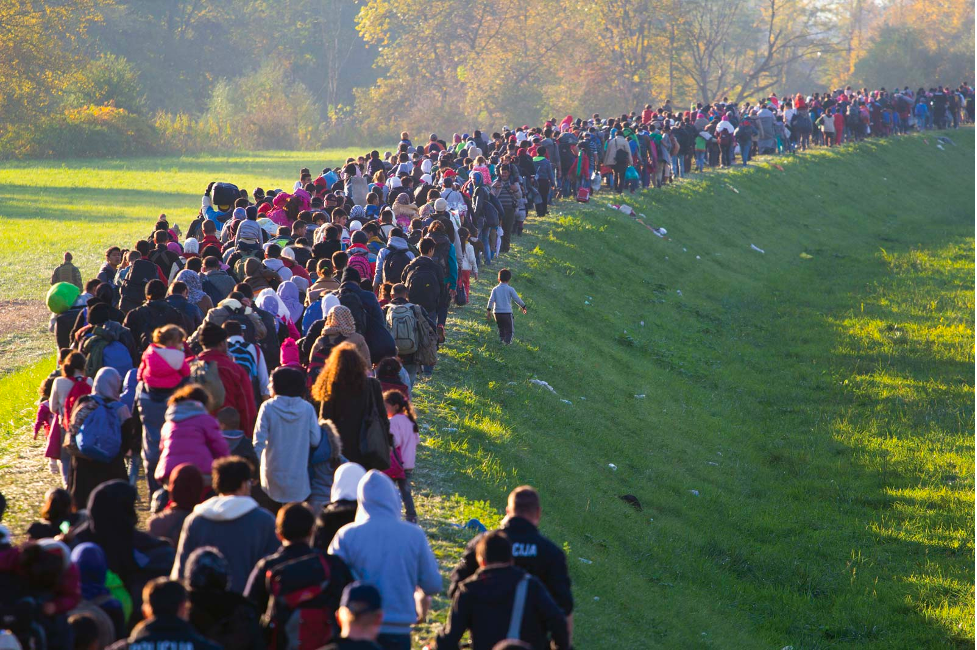Author: Simona Sagone - Human Rights Team
Introduction
Critical raw materials are crucial for achieving the goals of the green transition, but their supply chain poses challenges. In fact, materials such as gallium, lithium, boron, titanium, and cobalt are and will be necessary for constructing green technologies, including solar panels, batteries, electric vehicles, and wind turbines, respectively. At the same time, this high priority creates problems for their supply, leading to a dramatic increase in demand, precarious supply, and the risk of potential future shortages. The establishment of value chains, including the extraction, refining, and processing of these materials, is also a sensitive issue concerning human rights in the territories where these activities take place, making it necessary to balance different needs in these contexts[1].
In this sense, 2023 was a pivotal year for the EU: since the conflict in Ukraine started, it has become evident the EU's dependency on imports of raw materials for the climate transition and the importance of this supply in an increasingly complex and globalized environment. The European Union responded by proposing the Critical Raw Materials Act (CRMA), relying on bilateral Strategic Partnerships to ensure diversified and advantageous reciprocal supply terms, preventing new dependencies in the future. On this matter, the EU has already initiated political dialogues with several countries to create mutually beneficial agreements[2].
The EU’s supply: the Critical Raw Materials Act
According to the Critical Raw Materials Act, strategic partnerships should adapt to the features of the supplier country, especially if it has unstable governance, lacks protection of citizens' human rights, and has precarious sustainable development policies. The discrepancy in values is also a key issue in the supply of critical raw materials: although strategic partnerships with countries sharing similar values to the EU are the best way to secure access to them, they cover only a small part of the supply since many of the world's richest sources are in emerging markets and developing economies. Recent data indicate that supply is largely dependent on countries with a low level of governance, taking into account factors such as political stability, rule of law, and control of corruption. One example is the Democratic Republic of Congo, whose governance indicators rank among the lowest in the world and with whom the EU aims to conclude an agreement by the end of 2023. The country supplies 63% of the EU's cobalt, essential for the production of batteries for electric vehicles[3].
Many countries potentially supplying the EU raise concerns about the effects on local communities and the possible exploitation of natural resources, as they are not in line with European ideals. Theoretically, the same draft regulation stipulates that strategic EU projects to increase supply should be evaluated considering all aspects of sustainability, including respect for human and labor rights, and specifically, the rights of women and children. However, the mining, refining, and processing of minerals have a long track record of human rights abuses, taking various forms such as discrimination of vulnerable groups, lack of stakeholder inclusion and respect for indigenous peoples, human rights abuse, and impact on cultural and aesthetic resources. In addition to the mentioned issues, the mining sector in developing countries is characterized by a high degree of informality and small-scale/artisanal extraction.

Which risks for human rights?
To prevent human rights violations, the European Union must document potential risks to the human rights of indigenous populations and local communities, recognizing their right to free, informed, and consented mining operations. The growing awareness of human rights and environmental risks in mining approval processes has led to the proliferation of voluntary audit and certification initiatives. These initiatives aim to assess and certify businesses' respect for human rights and the environment by confirming adherence to voluntary standards. While some projects concentrate on auditing the sourcing practices of businesses that purchase raw materials, others perform on-the-ground audits of mines and other facilities in mineral supply chains. Several initiatives do both. The Critical Raw Materials Act relies on audits and certifications to determine whether new mining, refining, and other projects are sufficiently sustainable to warrant government support. However, research has shown that third-party audits have inherent limitations: voluntary initiatives frequently lack the detailed criteria and rigorous methodology required to accurately assess an organization's compliance with human rights or environmental standards[4]. This means that standards are often developed by mining companies and industrial groups and do not require adequate participation from labor unions, communities, or non-governmental organizations. Furthermore, as voluntary initiatives, many businesses do not reduce any kind of sustainability ratio[5].
In terms of the partnerships with resource-rich countries, these should be based on domestic business processes, supporting national production and transformation industries to add value at the local level. In this regard, it could be helpful to involve environmental organizations and human rights organisations as tools to track the effectiveness of strategic partnerships and assess their impact not only for the European Union but also for third-party countries.
Conclusion
In light of the different strategies that the EU intends to pursue in concluding and developing bilateral strategic partnerships, it is still unclear which policies can effectively ensure that extractive activities are in harmony with the sustainable development needs of partner countries. These needs are particularly felt in the creation of supply chains that entail significant environmental and human rights risks, especially in developing countries. Finally, it should be considered that the protection of human rights should be a key factor for a just climate transition.
[1] European Commission, Critical Raw Materials: ensuring secure and sustainable supply chains for EU's green and digital future, Brussels, 2023.
[2] European Commission, Proposal for a Regulation of the European Parliament and of the Council establishing a framework for ensuring a secure and sustainable supply of critical raw materials and amending Regulations (EU) 168/2013, (EU) 2018/858, 2018/1724 and (EU) 2019/1020, Brussels, 2023.
[3] https://it.euronews.com/my-europe/2023/09/28/lue-deve-chiudere-accordi-commerciali-per-le-materie-prime-dice-thierry-breton.
[4] https://asvis.it/notizie/2-17726/lestrazione-di-materie-prime-critiche-puo-diventare-sostenibile
[5] https://altreconomia.it/che-cosa-non-va-nella-strategia-europea-sulle-materie-prime-critiche/

